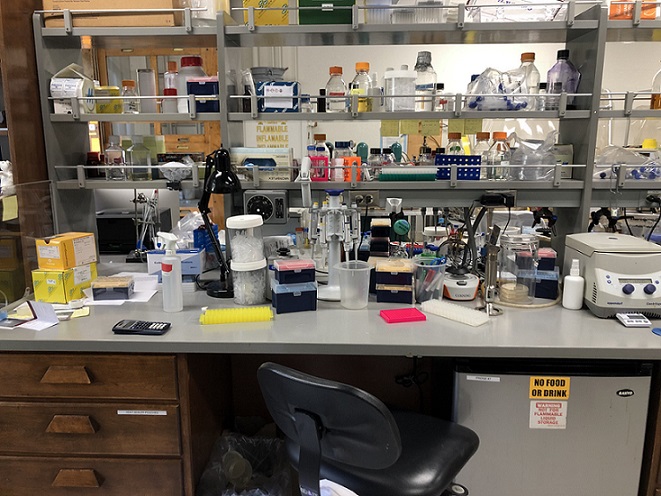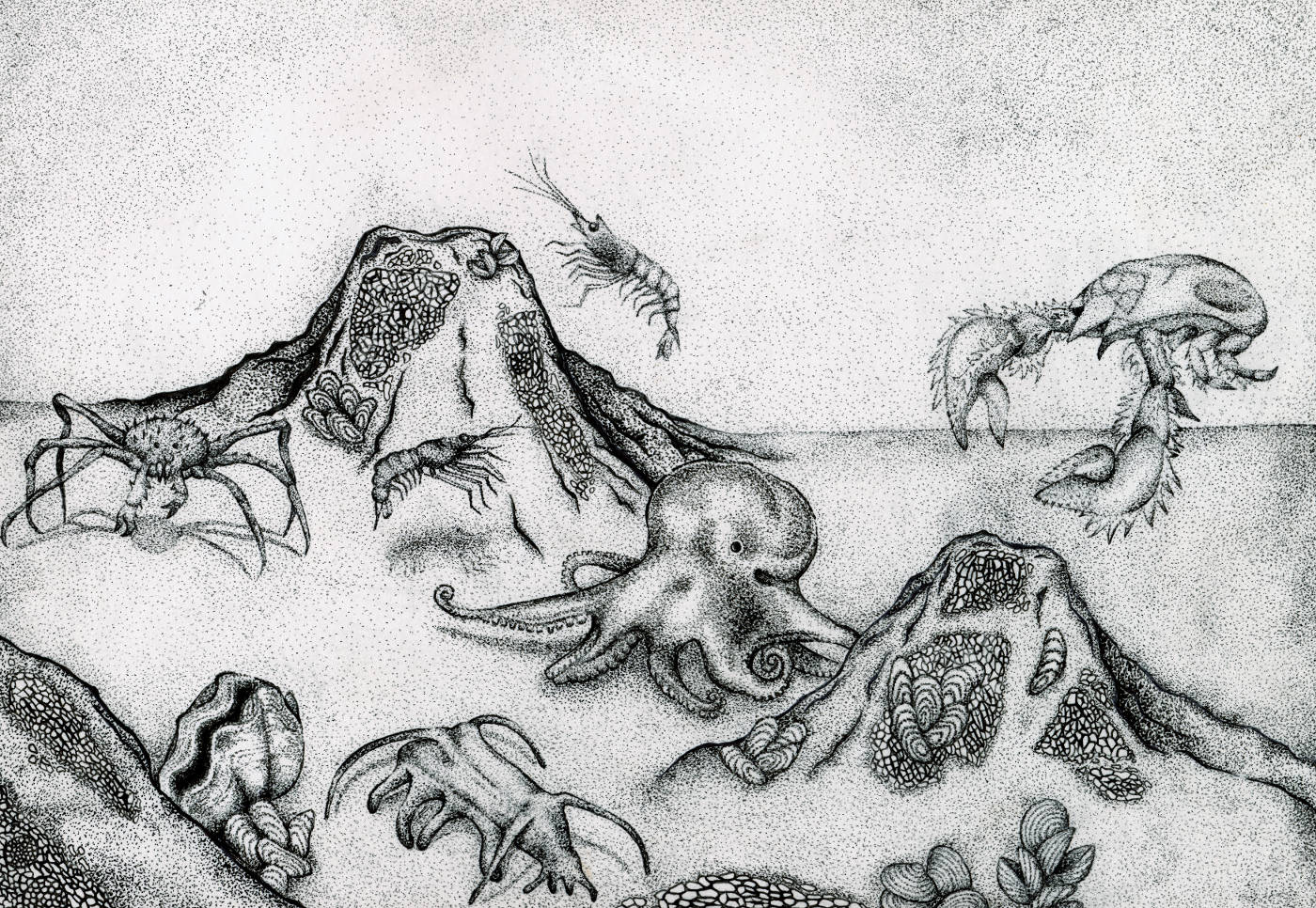From consuming yogurt or kombucha to full-on fecal transplants, efforts to manipulate our gut microbiome—the collection of bacteria naturally found in our intestines—are a trendy topic in 2019. Probiotics, such as Bifidobacteria in yogurt, are consumable, live bacteria that may be therapeutic for our microbiome. This concept of using bacteria to promote health isn’t new: Nobel laureate Élie Metchnikoff suggested the idea of probiotics in 1907. Research has since revealed the importance of the gut microbiome to human health. We have accumulated evidence in the last decade that changes to this community of gut bacteria may be a contributing factor to metabolic disorders such as obesity, inflammatory diseases and even neurological conditions. Still, 111 years after Metchnikoff conceived of using bacteria to promote health, most probiotic treatments are of dubious value.
Even if we knew which types of bacteria have therapeutic value for different conditions (and for the most part, we do not), most probiotics we consume will simply pass through the gut. They don’t really colonize. This is what this story is about: colonization. Your gut microbiome is not just a random assortment of bacteria that you eat. It is actually a stable ecosystem of bacteria, quite resistant to change. You form close partnerships with these bacteria: some of the particular bacteria in your gut were acquired from your mother or your immediate family when you were an infant. They are passed down through generations. And for these bacteria, their only home on Earth is inside the gut of a mammal. They evolved with mammals. They live along the surface of your intestines, right against your own cells. They break down parts of your food that you otherwise wouldn’t be able to and then feed the pieces to you! It is the most intimate relationship you will ever have with another living organism.

Bacteroides fragilis (red) in close association with mouse intestinal tissue (green).
Gregory Donaldson
When I came to Caltech, I was wondering how we form these partnerships with bacteria — that is, how they colonize the gut (and why probiotics, in contrast, do not). I joined Sarkis Mazmanian’s lab, in which Melanie Lee, a former graduate student, was already working on this problem. She was using one specific species of bacteria called Bacteroides fragilis (B. fragilis for short). She had discovered a few genes that are important for colonization. We can use genetics to study B. fragilis. Genetic research is like being confronted with a panel of light switches—in this case, genes—and flipping them on and off to see what each one does. This bacterium has about 5,000 switches. What Melanie and I found is that if we flip off these colonization genes that she discovered, we disrupt the partnership between B. fragilis and its mammalian host. I spent the next six years trying to figure out what exactly these genes were doing.
As is common in biological research, I ran into many dead ends, and the most fruitful paths forward went in totally unexpected directions. Most of the ideas I had along the way were wrong, and the whole thing turned out to be a lot more complicated than we thought. One unexpected result that slowly crystallized was that the colonization genes were changing the composition of the entire surface of the bacteria. Eventually we realized that you could actually see this difference (why hadn’t we looked earlier?). I had other genetic switches to manipulate that surface, allowing me to show that it was specifically crucial to the partnership with the host. I was excited about all the data I had and started fantasizing about publishing the work. But Sarkis believed I could go further, and he asked me very simply, “Wouldn’t it be great if you could figure out the function of the bacterial surface?” And Sarkis was, as he often is, right: it would be great—but it would also be a ton of work.

The lab bench in the Mazmanian lab at which the author conducted the research on B. fragilis.
So what difference would the surface of bacteria make in the gut? This was a good question, the kind of question that could generate tons of different hypotheses. It was a fun topic to discuss with colleagues. Maybe it helps the bacteria deal with different stresses in the gut. Maybe it is for adherence to the gut. Or maybe the host reacts to different bacterial surfaces in specific ways, and it is this conversation between the bacterium and host that matters. This last idea was right, but it took six months of optimizing methods and double-checking results before I managed to convince myself of that. There was no “Eureka!” moment, just a long grind, at the end of which I felt the answer was so obvious that it wasn’t even interesting anymore. Immunoglobulin A (IgA), a type of antibody made by the immune system, was binding to the bacterial surface that I had been studying. Studying this interaction and the corresponding effects on bacterial colonization led us to a more fundamental discovery: that IgA can do the opposite of what we always thought antibodies do.
To explain, let’s first discuss what the adaptive immune system normally does. It is the part of your immune system that remembers threats (like viruses and bacteria) that can make you sick. If you have already been exposed to a dangerous virus or bacteria, your adaptive immune system makes antibodies that attach to and neutralize them, and you are then said to have immunity. That’s how vaccines work: by exposing yourself to pieces of a dangerous virus, you will generate specific antibodies that can bind to that virus in the future. IgA is a special kind of antibody that is secreted on all mucosal surfaces, including your mouth, gut and eyes. But IgA has always been a bit of a mystery because it is really bad at doing some of the normal things antibodies do—notably, killing bacteria. Also, IgA binds to tons of bacteria in your gut, but they don’t die. So what is all this IgA even doing in your gut?
This gets back to my story: B. fragilis uses these colonization genes to modify its surface, which turns out to attract IgA. Why would a bacterium want to attract an antibody? This was the weird part: I found that IgA actually helps B. fragilis stick to the surface of the intestine. I used genetic techniques again, this time on the host side, to switch off IgA. The lack of IgA disrupted B. fragilis colonization in the same way that turning off the colonization genes in B. fragilis did. So, IgA enhances colonization of the gut by B. fragilis. An antibody helps bacteria!
What does it all mean? Well, we can think about ways to harness these pathways to help probiotics colonize, potentially enabling treatments for disorders like obesity and autoimmune diseases. As this is likely many years away, the most interesting lessons for now are on a more philosophical level. The traditional conceptualization of antibodies as weapons of the immune system is incomplete. I found that they can also be anchors for normal bacteria in the gut microbiome. And this finding is part of a bigger shift in the way we view the immune system and the microbiome. While there are bacteria out there that can threaten our lives, the vast majority of bacteria pose no threat at all. Some can indeed be valuable, lifelong partners. Long before probiotics were in the news, during the evolution of the gut itself, the immune system recognized beneficial gut microbes for what they are: our allies.
Further Information
1: Lee, S. M., et al. Nature, 2013.




